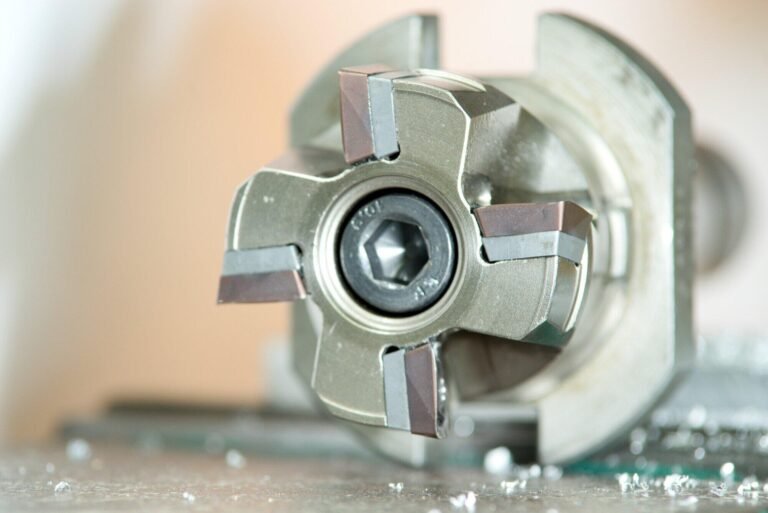Grinding wheels might seem like simple tools, but they play a crucial role in creating finely crafted items. From your dad’s woodworking tools to complex machinery parts, the best grinding wheels help shape, smooth, and polish with amazing precision.
In this blog, we’ll explore the different types of grinding wheels and their uses, unraveling the secrets behind their effectiveness. Whether you’re a budding engineer or just curious about how things work, this post is for you!
What are Grinding Wheels?
Grinding wheels are round tools used to grind, shape, or polish materials like metal, wood, and plastic. They are made from abrasive particles held together by a bonding agent.
Imagine a really tough sandpaper formed into a wheel! When spun at high speeds, these wheels wear away material from the surface they come into contact with.
Why Precision Matters
Precision is essential in creating high-quality products. Imagine building a model airplane where the wings aren’t exactly even, your plane wouldn’t fly properly!
The same goes for larger projects like car engines or computer parts. Precision ensures everything fits and works perfectly.
Types of Grinding Wheels
There are several grinding wheel types, each designed for specific tasks. Knowing which one to use can make all the difference in your project’s success.
Straight Grinding Wheels
Straight grinding wheels are the most common type. They are used for surface grinding, removing material from flat surfaces. These wheels are perfect for sharpening tools like chisels and axes.
Cylinder Wheels
Cylinder wheels look like soda cans. They are used for high-precision grinding tasks, such as finishing ball bearings or engine parts. Their shape allows them to grind surfaces with extreme accuracy.
Tapered Grinding Wheels
Tapered grinding wheels have a cone-like shape. They are ideal for grinding grooves, slots, and other narrow spaces. Imagine trying to sharpen the inside of a keyhole, tapered wheels make that possible.
Flaring Cup Wheels
Flaring cup wheels are shaped like a bowl. They are often used in metal fabrication shops for heavy-duty grinding. These wheels can remove a lot of material quickly, making them ideal for initial rough cuts.
Diamond Wheels
A diamond wheel specialized grinding tools embedded with diamond grits, the hardest known material. These wheels are exceptionally durable and efficient, making them ideal for cutting and grinding ultra-hard materials like ceramics, glass, and gemstones.
Their unique composition allows for faster cutting speeds and longer life compared to conventional grinding wheels.
The Science Behind Grinding Wheels
The effectiveness of a grinding wheel depends on several factors, including the type of abrasive used, the bonding material, and the wheel’s structure.
Abrasive Materials
Abrasive materials are the particles that do the actual grinding. Common abrasives include aluminum oxide, silicon carbide, and diamond.
Bonding Agents
Bonding agents hold the abrasive particles together. They can be made from various materials like clay, rubber, or resin. The choice of bonding agent affects the wheel’s durability and performance.
Wheel Structure
The structure of the wheel refers to the spacing between abrasive particles. A denser wheel has particles that are closer together, making it ideal for fine, detailed work.
Exploring the Types of Grinding Wheels
Grinding wheels are essential tools in many industries, from woodworking to metal fabrication. By understanding the different types of grinding wheels and their applications, you can choose the right tool for your project and achieve excellent results. Whether you’re a student, a hobbyist, or a professional, mastering the art of grinding wheels will take your craftsmanship to the next level.
For more helpful tips, check out the rest of our site today.





